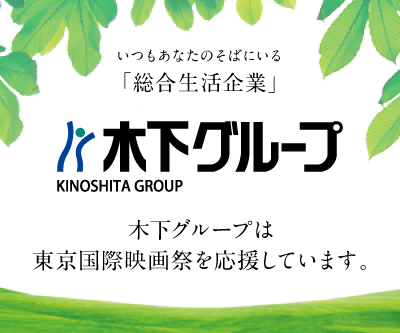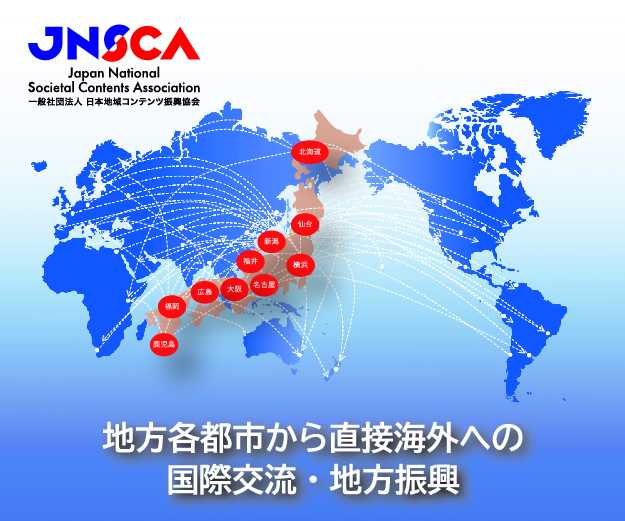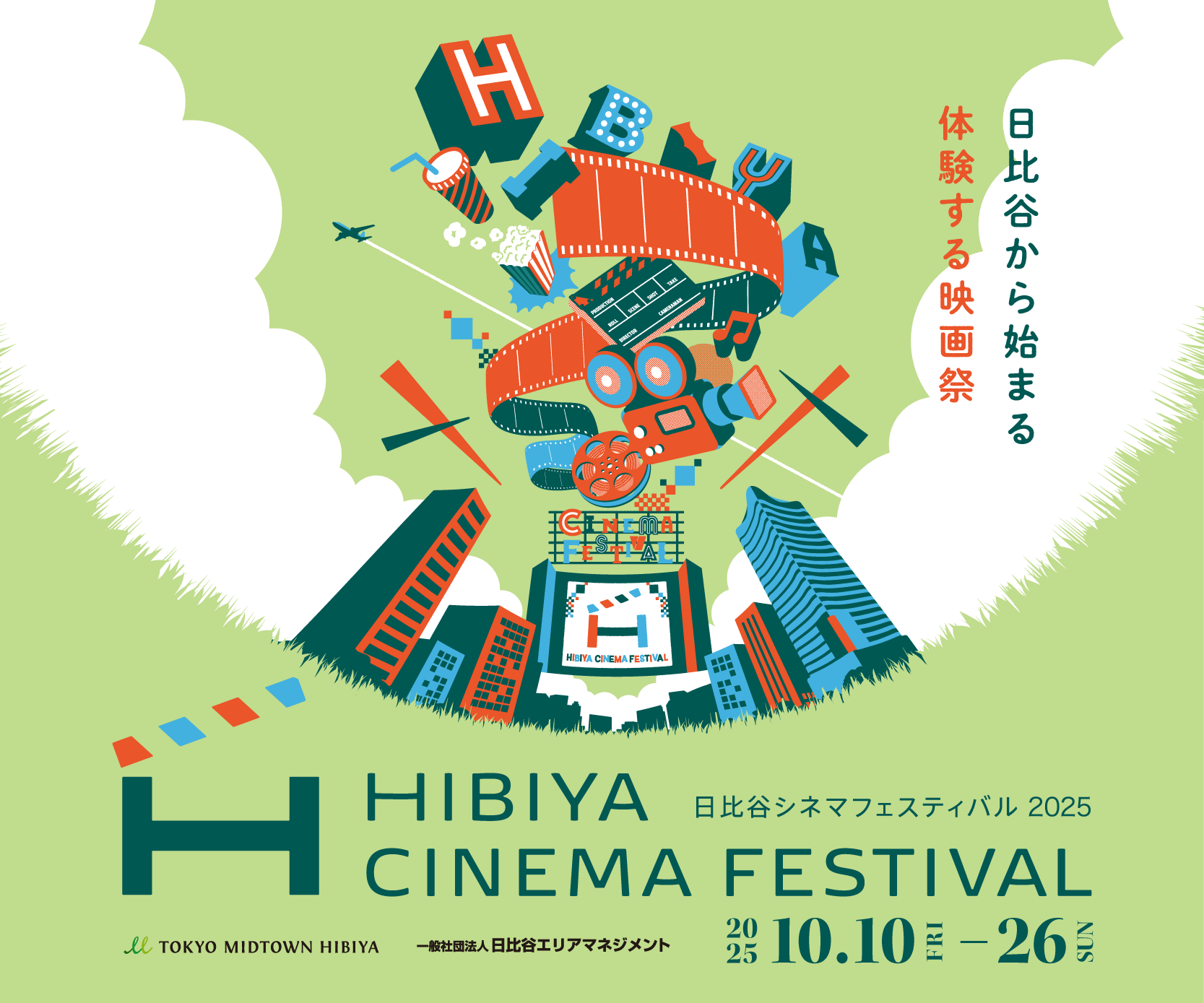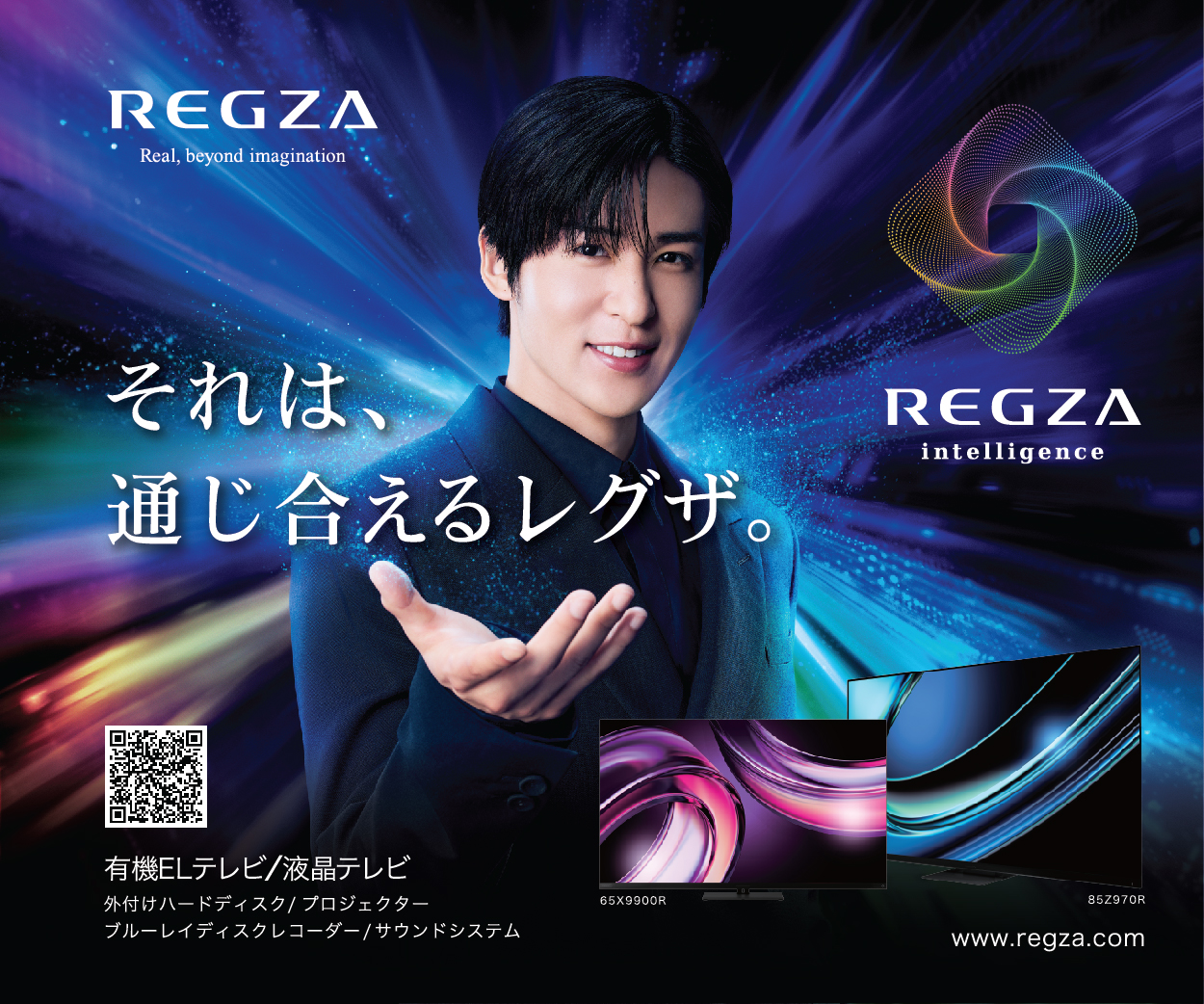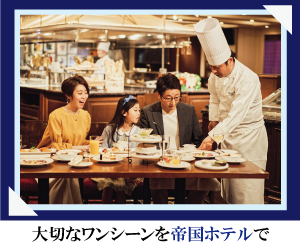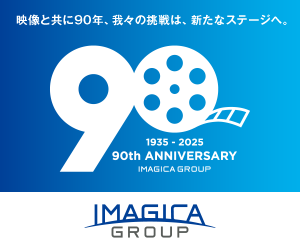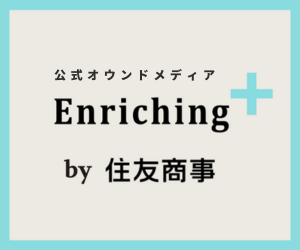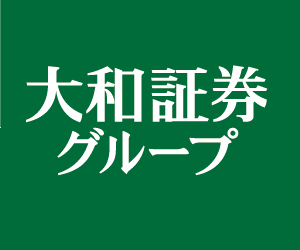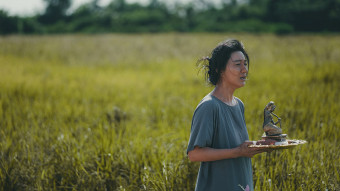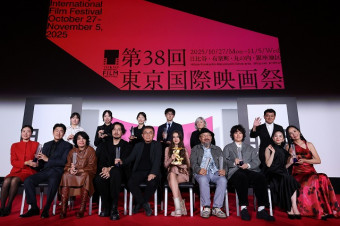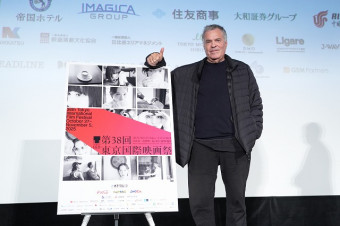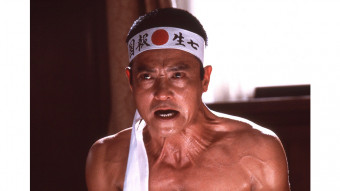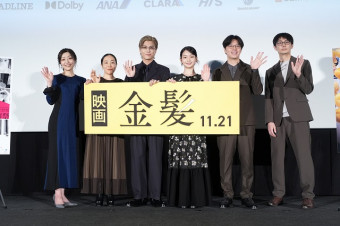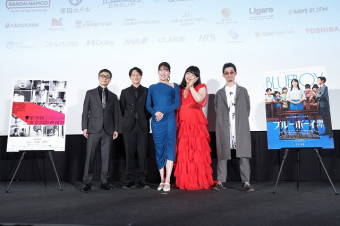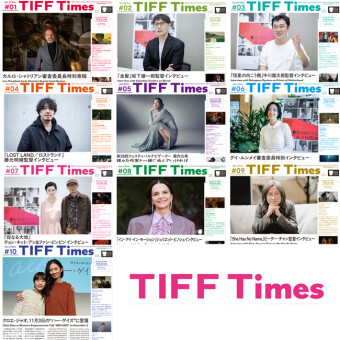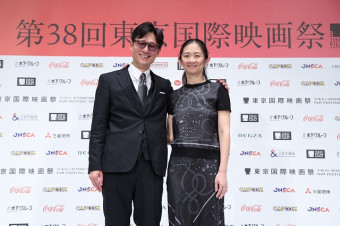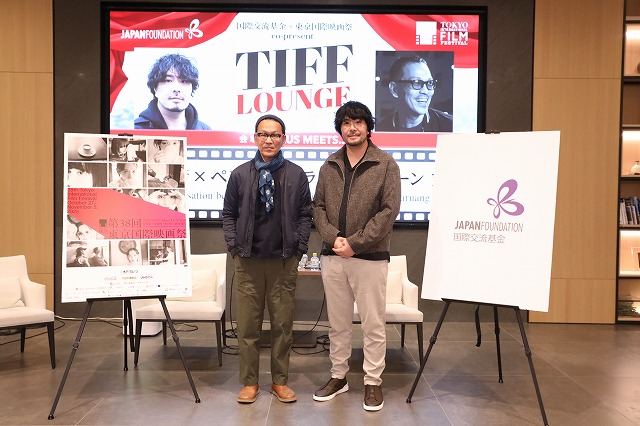
Two of Asia’s most idiosyncratic filmmakers sat down at the 38th Tokyo International Film Festival with TIFF Senior Programmer Ishizaka Kenji on October 29 to discuss their vastly different approach to creating work—although they discovered surprising points of convergence.
Part of the TIFF Lounge series, co-presented by The Japan Foundation and TIFF, the talk brought together Thai director Pen-ek Ratanaruang, whose Morte Cucina had enjoyed its Asian premiere in TIFF Competition the night before, and Japanese director Fujimoto Akio, whose Lost Land—already the winner of five awards at the Venice International Film Festival and others—will be playing in the festival’s Nippon Cinema Now section.
After taking a sip of his beer, Ratanaruang thanked the festival for being a “longtime supporter of his work,” although he noted that his Headshot (2011) may have been his last film in the main lineup.
Ishizaka reminded the director about iconic Asian film afficionado Sato Tadao, who “really supported you and helped launch your career.” Ratanaruang remembered, “Yes, he took me to his festival in Fukuoka. Things at festivals were different back then. It was more relaxed and we could spend time together. He really supported me and other filmmakers. He knew much more about Thai cinema than I did, which was embarrassing, but he really supported a lot of us.”
Ishizaka noted that TIFF had also helped to launch Fujimoto’s career, after the filmmaker received two major awards for his first feature, Passage of Life (2017). TIFF also screened his follow-up, Along the Sea (2020).
Although the men create widely divergent work, said Ishizaka, both are familiar with different cultures, and incorporate them into their films.
Said Ratanaruang, “I think both our work focuses on other cultures than our own. But borders and languages don’t really matter anymore. Broken English is the most common language in the world right now. That’s how we all understand each other. Once you go past language, the humanity shapes the world. Twenty or thirty years ago, it was harder for filmmakers to learn this, but nowadays, when I walk around my neighborhood, I hardly hear any Thai. It’s all Japanese and English.”
“For me, it’s not unique anymore. It’s the world we live in. It’s very good. Then your own world expands. Many years ago, if I came to Japan and asked for directions, they would run away. Today, even if they don’t speak English, they answer me. Borders have become transparent.”
Agreeing, Fujimoto admitted that when he was growing up in Osaka, he was one of those people who was afraid of English speakers. “But after I came to Tokyo and started working with my producer, who speaks English, my world expanded with every encounter. I had my wedding in Myanmar, and I really lost all barriers then. I met my Myanmarese wife through a soccer game.”
Turning to a discussion of each other’s work, Fujimoto then commented, “I’ve seen both Morte Cucina and Last Life in the Universe (2003) and I think there are similarities between your protagonists. They’re kind of weird and not like people I meet in my real life. They’re strange, but attractive and compelling. For me, I always start with the narrative. But I thought maybe you start with the characters. What’s your approach? How do you get to those unique personalities?”
Said Ratanaruang, “I usually start with the character. You might think they’re strange, but they’re based on people that I know, like friends of my uncle. These are very normal people, sometimes boring, or plain. But then, I start to fantasize what they’re really like when you don’t see them. It’s like when you see Kim Kardashian or Paris Hilton or Jennifer Lopez. You can’t imagine anything about them because they’re so exposed. But when you see a schoolteacher, you wonder what she’s like when she’s naked, what position she would be in when she has sex. Someone so plain must have a secret.”
He continued, “Asano Tadanobu’s [protagonist] character in Last Life in the Universe was based on a man who was the Japan Foundation director in Bangkok at the time. He was always very polite, always wearing neat, black/gray/white clothes. So I started imagining him at home and the character started building itself. And before you know it, they’re doing really strange things. They start to confess all their secrets to you. Then you put them in a situation and you see how they react, and then they start making up the story for you. In general, that’s how it works for me.”
Fujimoto admitted, “In the beginning, I felt a kind of distance from your characters, but gradually, they started becoming more attractive, drawing me in. That’s very interesting to me. But the actor has to embody and deliver that. That’s a big journey. You have so much power to do all that, I was really amazed.”
Said Ratanaruang, “You also have to get lucky with your casting. My script doesn’t give so much direction, it just explains what’s going on for the investors, so they can decide whether they want to put money in, and for my crew to find locations. It’s like something useful but not very creative. Actually, my screenplays aren’t very convincing, they’re like a shopping list. As for taking the audience on a journey with a film, that comes from the actors’ contributions. It’s like we look for the film together, while filming.”
“Sometimes it doesn’t work, and you just have to do the best you can. So I can’t take credit for all the good things you said. Even God makes contributions sometimes. You think you’ll have sunshine, but it rains, and then you shoot and it becomes the most effective scene in the film.”
Fujimoto probed further regarding casting. “Do you add elements to your characters after casting?”
“I think the most frightening thing about filmmaking is if people lose interest and fall asleep,” said Ratanaruang. “You have to fight against the audience losing interest. You fight by putting something on the screen that’s really interesting. So you try to cast someone you think the audience can watch for 2 hours without losing interest, whether it’s because they speak in a strange way or they have a magnetic presence, and you can’t take your eyes off them. They might not fit what you have in the script, but then you change the script.”
“But you work a lot with non-actors, so in your case it must be even harder. Your films are based on reality, so if the audience doesn’t believe the people on screen, their actions or their words, the film is destroyed. How do you find these people?”
Said Fujimoto, “Like you, it’s miso soup made by God. You can’t go out and find them, you have to wait until they come to you. That’s the style of filmmaking. With Along the Sea, it was the first time I cast actual actors. I auditioned 100 actors in Vietnam, and chose three women of similar height and personality.”
“But they’re so convincing,” interjected Ratanaruang. “How did you find them?”
“They were Vietnamese TV announcers, Fujimoto responded. “But they all had a strong desire to act in films. My script was also a shopping list, a blueprint – I’m going to use ‘shopping list’—”
“It’s copyrighted,” joked Ratanaruang.
“I didn’t bring a script because I didn’t think it would work. I wanted to tap into something not in the script, make discoveries and improvise the dialogue. I don’t give a lot of direction; I just wait for things to happen.”
Ratanaruang asked about how Fujimoto had found his cast and crew. Loathe to discuss the exact location for political reasons, he said, “The Rohingya really helped me out, and told me where to get hold of these people who could work and appear. Originally, I was looking for two teen boys and went to a Rohingya junior high. But then I saw this 4-year-old boy playing and I was really drawn to him. It turned out that he lived next door to the school. I asked if I could follow him home, which isn’t a good thing to do, I realize, and he had a sister at home who was also captivating. So I rewrote the script to include this real-life brother and sister. Unfortunately, they’re stateless and don’t have passports, so they can’t travel to join us at film festivals.”
An audience member asked how both men developed their shopping lists before the final product makes it to the screen.
Fujimoto confessed that his list is developed partially in the editing room, since he’s always working with actors who are speaking in a language other than Japanese. “I’m not sure what people are saying when they’re acting for me,” he said, “because I don’t always understand what they’re saying when they’re improving. I always look forward to the editing process so I can understand. It’s a strange way of doing things, but that’s the only way we were able to do it with the Rohingya actors.”
Said Ratanaruang, “For Last Life in the Universe, I had to work with Japanese and Thai crews. We had Asano, Asano’s brother and [cult director] Miike Takashi in the film, quite a few Japanese actors. Of course we couldn’t have rehearsals. Normally we have 2 weeks of rehearsals, where I work with the actors and write down what they want to say. But I didn’t have that luxury. So Asano came just a few days before the shoot.”
“That changed my filmmaking, because I had to change my approach. Asano is so attractive, so minimal, but he shapes the style of the film. The camera has to become so observant with him. Normally you use the camera to capture action, but with someone like Asano, it has to capture emotion.”
“I’m a great admirer of actors—they’re so brave. You have to be brave to stand in front of a camera and pretend to be someone who’s dying of AIDS, or who was abused by your father all the time, and then when you hear ‘Cut!’ you have to come down to earth. I don’t understand how they do that.”
Prompted by Ishizaka to share more of his experience working with Miike, Ratanaruang said, “I was always a big admirer of Miike films, and I used to meet him a lot at film festivals. But you’re scared to talk to him, because if you say something wrong, you feel like he might knife you. But when we made Last Life in the Universe, my producer suggested that we try to talk to him and get him in the film. We met and had a good talk, and he suggested two people to play his two yakuza sidekicks in the film. And he said he would also design the costumes for all three of them. He said, ‘Pen-ek, I have to get a punch perm,’ so he went to his hairstylist and got this perm.”
“We shot for a week in Osaka, and instead of asking the police for permission, like you usually do, we had to get permission from the yakuza. So Miike did that for us since they love him, he made them look so cool in his films. He prepared everything for us. We even had like four yakuza protecting us, and then they would take me out to eat and drink afterward. They showed me their tattoos. Beautiful!”
“Is it okay to talk about this?” Fujimoto wondered.
Too late now. Ishizuka asked, “Is he a good actor? We all know he’s a great director.”
Said Ratanaruang, “He’s terrible. He really sticks out, doesn’t blend in. Even he admitted this. He’s just really bad.”
TIFF Lounge Co-presented by The Japan Foundation & Tokyo International Film Festival
Conversation between Fujimoto Akio and Pen-ek Ratanaruang
Guests: Fujimoto Akio (Filmmaker), Pen-ek Ratanaruang (Filmmaker)
Moderator: Ishizaka Kenji (TIFF Senior Programmer, Professor at Japan Institute of the Moving Image)











